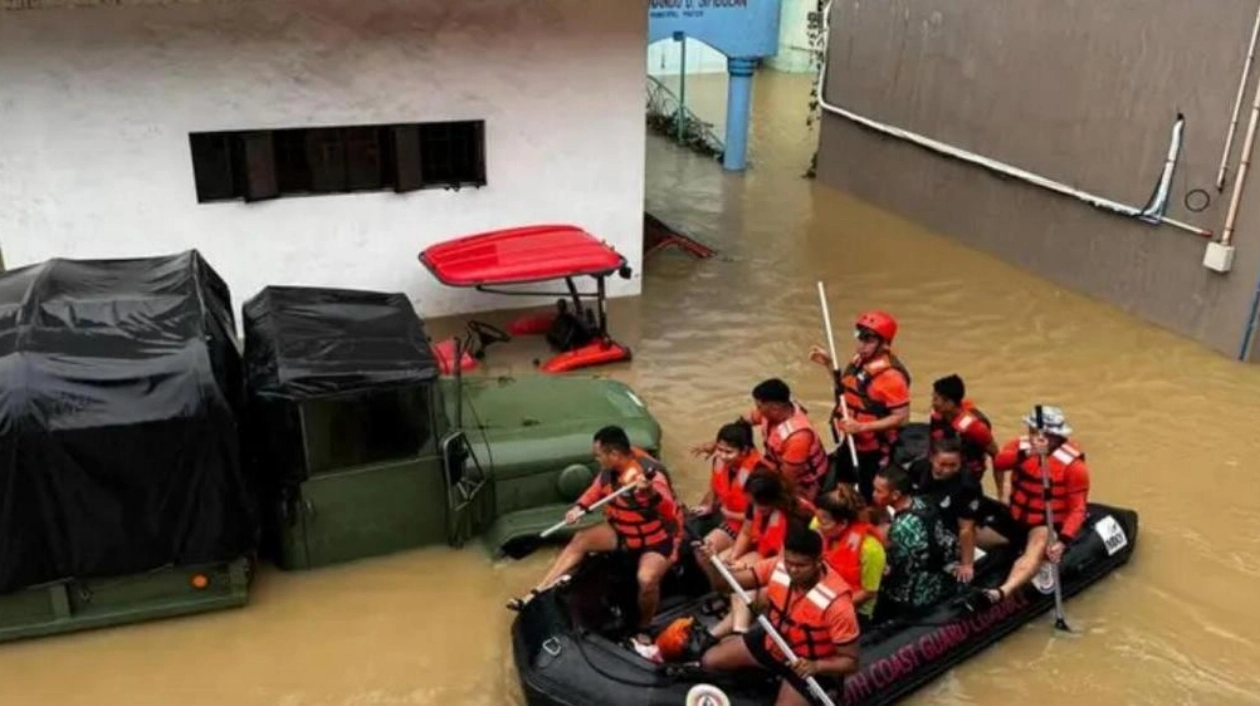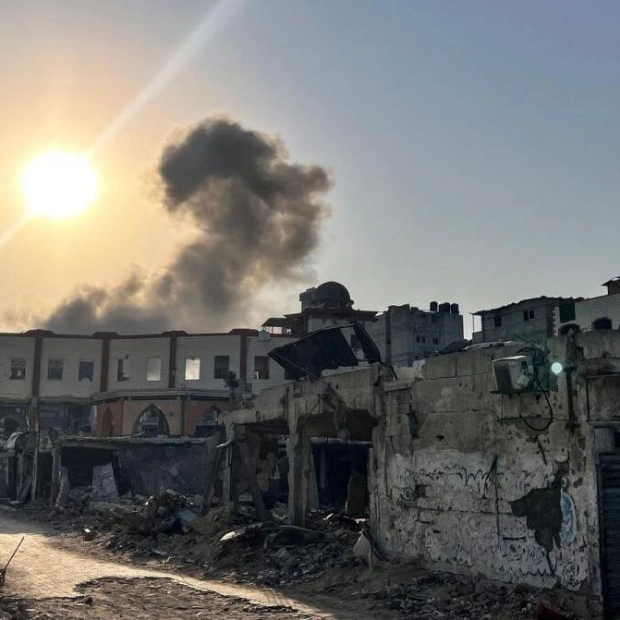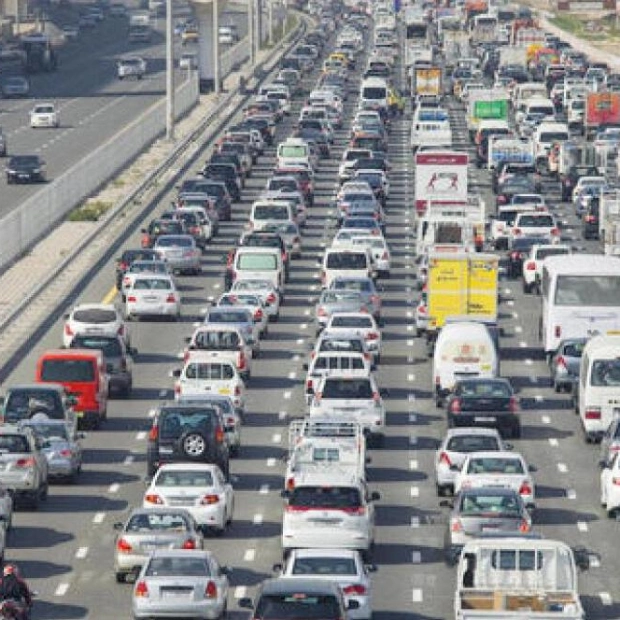Philippine Coast Guard personnel assist in evacuating residents as floodwaters surge due to heavy rains caused by Tropical Storm Trami in Camarines Sur, Philippines. Photo: Reuters
Rescuers in the Philippines worked tirelessly on Saturday to reach individuals still stranded in areas rendered inaccessible by flooding from Tropical Storm Trami, which has claimed at least 97 lives. Trami struck the main island of Luzon, forcing nearly half a million people to evacuate their homes as heavy rainfall led to widespread flooding and landslides. In the most severely affected Bicol region, residents trapped on the roofs and upper floors of their homes continued to await urgent assistance, according to officials.
"The floods have not yet receded. Calls for help are still coming in," said Bicol regional police director Andre Dizon in an interview with AFP. "We need to rescue them immediately because starvation could become an issue. We're receiving reports that children are already falling ill." In Camarines Sur province of the Bicol region, food and drinking water supplies were dwindling as some areas remained entirely submerged and difficult to access.
President Ferdinand Marcos visited the province on Saturday to assess the damage. "Our main issue here is that many areas are still flooded," he told government officials during a briefing. "We have flood control systems, but the volume of water is overwhelming. This is climate change. It's all unprecedented, so we need to develop new solutions," Marcos added.
Trami's death toll increased on Saturday as rescuers recovered more bodies from floodwaters and landslide sites, primarily from the Bicol region and Batangas province, south of Manila. Police have reported 36 deaths in Bicol, mostly due to drowning. The confirmed death toll in Batangas has risen to 54, according to provincial police chief Jacinto Malinao, with at least 21 people still missing. Two fatalities were reported in separate incidents of electrocution and drowning in Cavite province, police told AFP on Saturday. Five additional deaths have been confirmed in other provinces, bringing the total to 97, according to an AFP tally based on official police and disaster agency sources.
In Batangas, located two hours south of the capital, rescuers used backhoes and shovels to dig through mud up to three metres (10 feet) high in a desperate search for the missing in landslide-affected areas. Cadaver-sniffing dogs have also been deployed to aid in the operations. AFP reporters who visited the province on Friday observed roads blocked by fallen trees, vehicles half-submerged in mud, and homes severely damaged by flash flooding.
"We are still hoping for the best," said Malinao, the police chief. "We will not stop until all bodies are retrieved." The national disaster agency reported on Saturday that approximately 495,000 people have been displaced by the flooding, which has submerged hundreds of villages across the northern Philippines. About 20 major storms and typhoons impact the archipelago nation or its surrounding waters each year, causing significant damage to homes and infrastructure and resulting in numerous fatalities. A recent study indicated that storms in the Asia-Pacific region are increasingly forming closer to coastlines, intensifying more rapidly, and lasting longer over land due to climate change.
Source link: https://www.khaleejtimes.com






